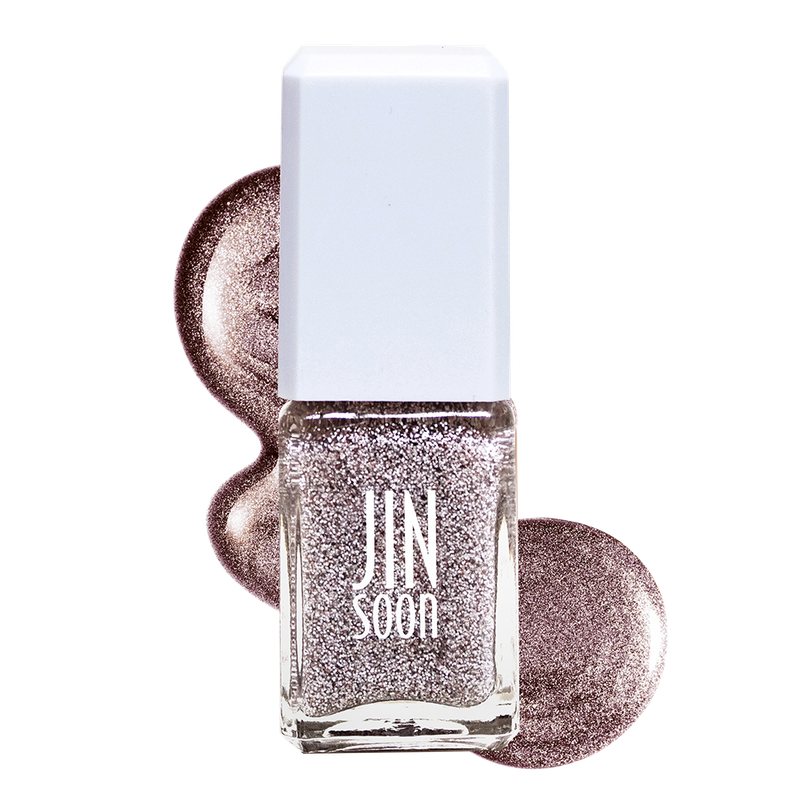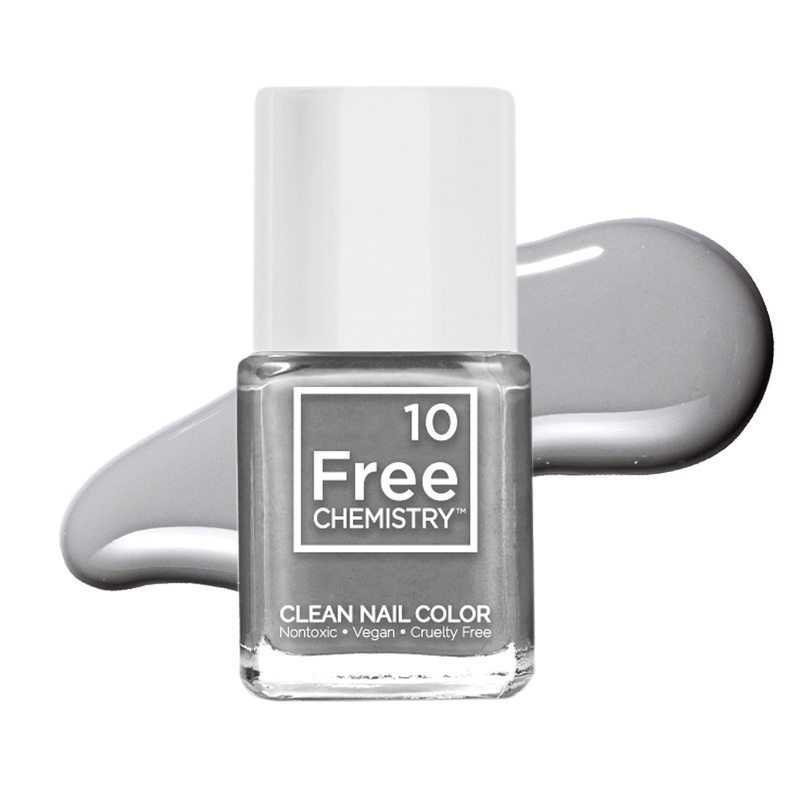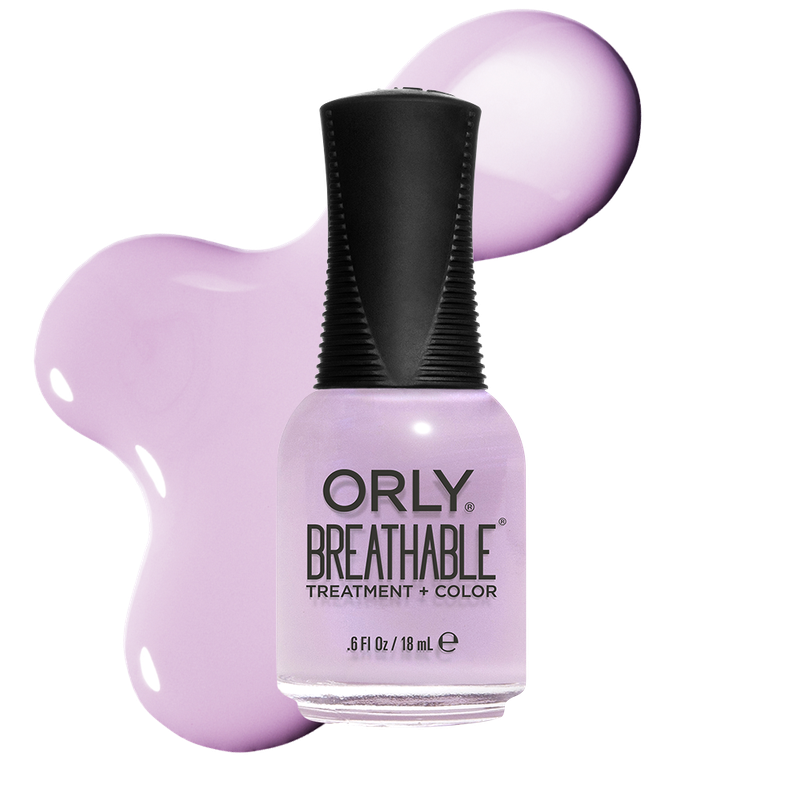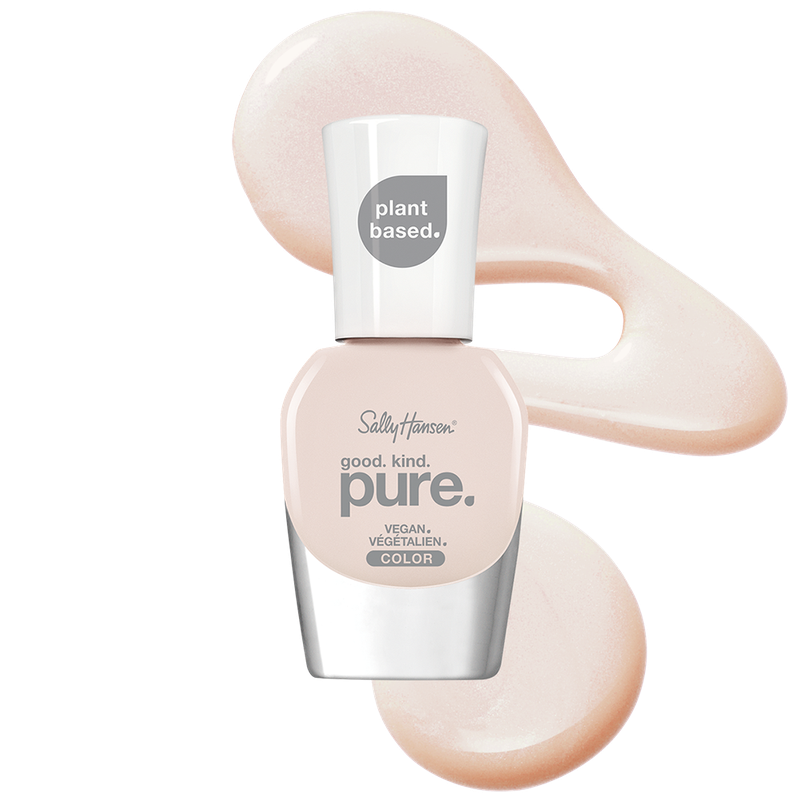The "Clean" Nail Polish Guide
You’ve heard of clean skincare, the movement toward using fewer chemicals and synthetic ingredients in favor of naturally sourced materials. Now, nail polish is moving in the same direction. But what does that mean?
“‘Natural’ or ‘clean’ polish is somewhat of a misnomer, as nail polish is not something that grows or can be found in nature,” explains New York City–based dermatologist Dana Stern, who specializes in nail health. But as consumers become more conscious about what they’re putting on their bodies, companies are taking certain ingredients out of their formulas and calling them “clean.” But there is no government standard for what this term means. (Companies and retailers can have their own definitions and lists of no-no ingredients.) In the nail world, most brands label their polishes by the number of “non-clean” ingredients left out (“3-Free,” “5-Free,” etc.). Here’s what those categorizations mean and why some of the omitted ingredients may have a bad rap.
3-Free: This baseline for healthy polish omits these three ingredients, which are universally shunned by the modern nail industry.
Formaldehyde
Still used as a preservative in cosmetics, this known carcinogen is also linked to asthma.
Phthalates (like DBP)
This class of plasticizing chemicals, used to make products more pliable, can disrupt the reproductive system and may cause birth defects.
Toluene
The toxic ingredient, which helps to suspend pigment evenly
in a formula, can damage the nervous system and cause birth defects.
5-Free: These two additional chemicals may cause concerns, so they’re sometimes removed as well.
Formaldehyde resin
Often used to add shine and durability to a polish, the substance has been shown to cause allergic reactions for some people.
Camphor
This compound may be used to keep polishes from cracking, but inhaling it has been shown to cause dizziness, headaches, and nausea.
7-Free, 8-Free, 10-Free, and Beyond
Brands may remove additional materials, such as the plasticizer ethyl tosylamide, which can cause antibiotic resistance, or others irritants or ingredients rumored to cause disruptions to the body. But many companies ditch ingredients simply because of negative consumer perceptions (often fueled by online rumors or a general assump- tion that chemicals are “bad”) rather than scientific evidence.
Stay In The Know
Get exclusive access to fashion and beauty trends, hot-off-the-press celebrity news, and more.
The Clean Crew: Health-conscious polish brands are cropping up everywhere. Here, the best formulas of the bunch.
This story appears in the February 2020 issue of Marie Claire.
Taylore Glynn is a former beauty and wellness editor for Allure. Previously, she served as beauty and health editor at Marie Claire and Harper’s Bazaar, and her work has appeared in Refinery29, Town & Country, Compound Butter, and RealSelf. She holds a master's degree in English and Creative Writing from Monmouth University. If you need her, she’s probably at the movies, braising a chicken, or evening out her cat eyeliner.
-
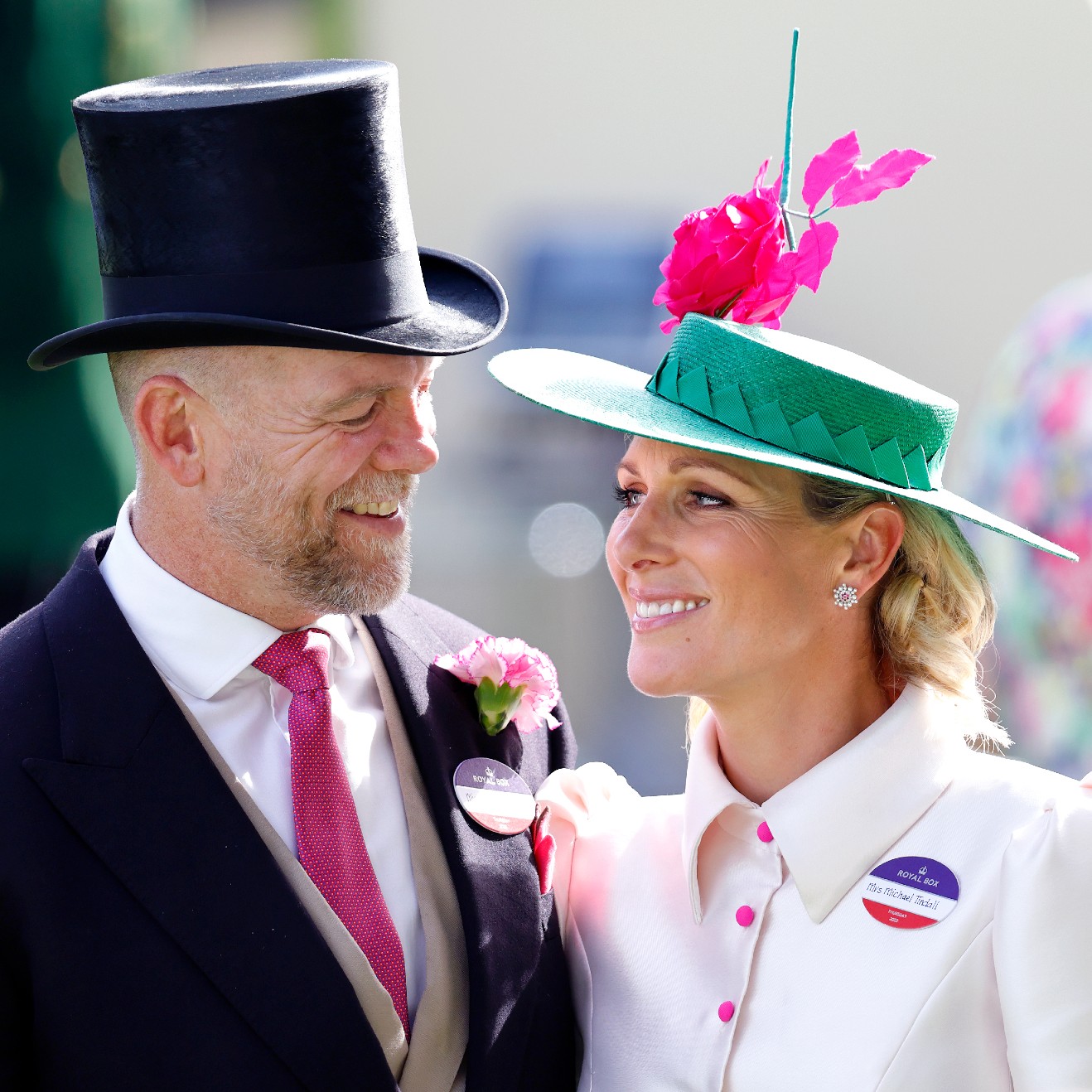 Princess Anne's Unexpected Suggestion About Mike Tindall's Nose
Princess Anne's Unexpected Suggestion About Mike Tindall's Nose"Princess Anne asked me if I'd have the surgery."
By Amy Mackelden Published
-
 Queen Elizabeth's "Disapproving" Royal Wedding Comment
Queen Elizabeth's "Disapproving" Royal Wedding CommentShe reportedly had lots of nice things to say, too.
By Amy Mackelden Published
-
 Palace Employees "Tried" to Get King Charles to "Slow Down"
Palace Employees "Tried" to Get King Charles to "Slow Down""Now he wants to do more and more and more. That's the problem."
By Amy Mackelden Published
-
 Fiery Red Nails Are Ashley Graham's Secret to a Glowing Tan
Fiery Red Nails Are Ashley Graham's Secret to a Glowing TanWarm weather glam, nailed.
By Ariel Baker Published
-
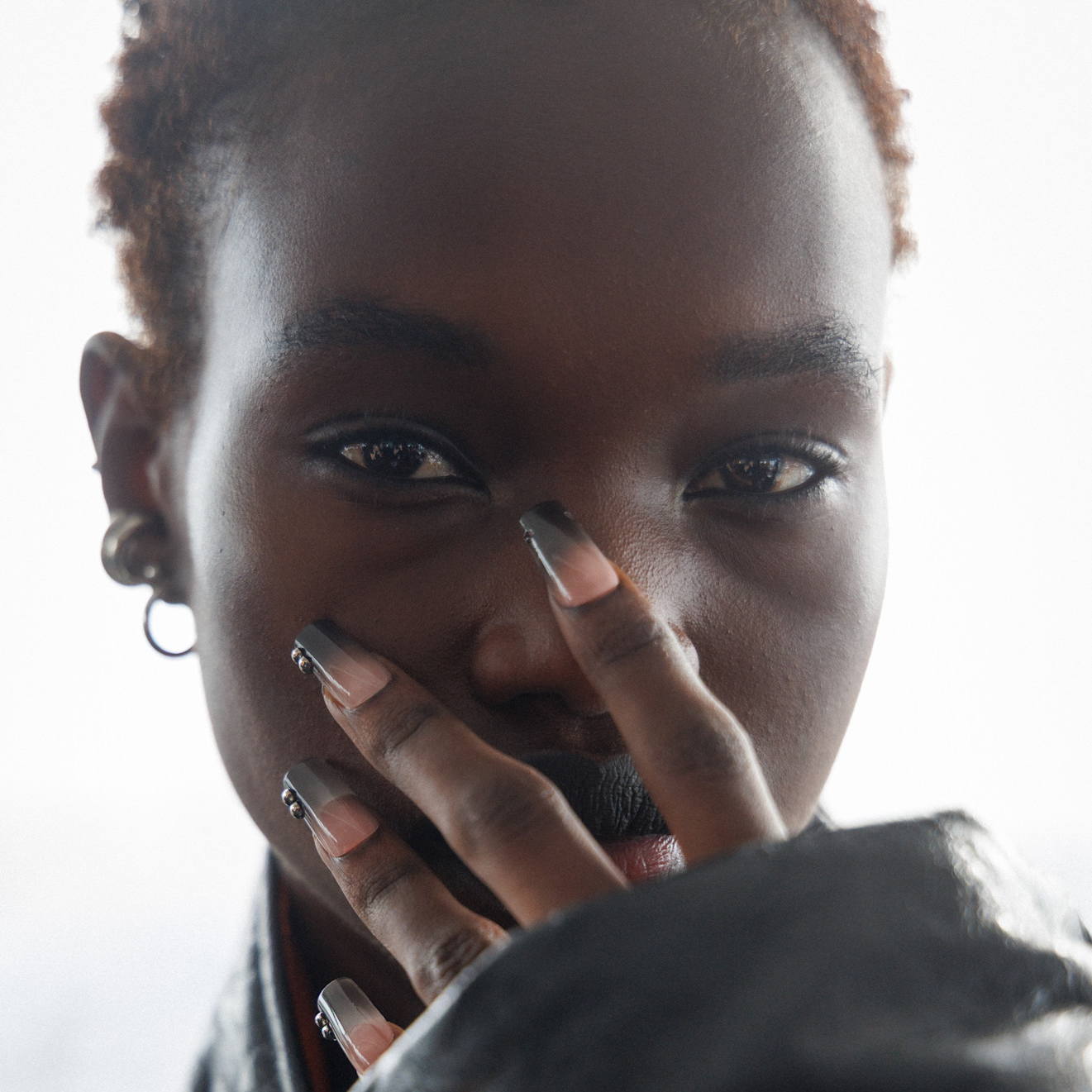 Square Nail Manicures Are Synonymous With Old Money—I Don't Make the Rules
Square Nail Manicures Are Synonymous With Old Money—I Don't Make the RulesThis retro trend has received a high-brow makeover.
By Ariel Baker Published
-
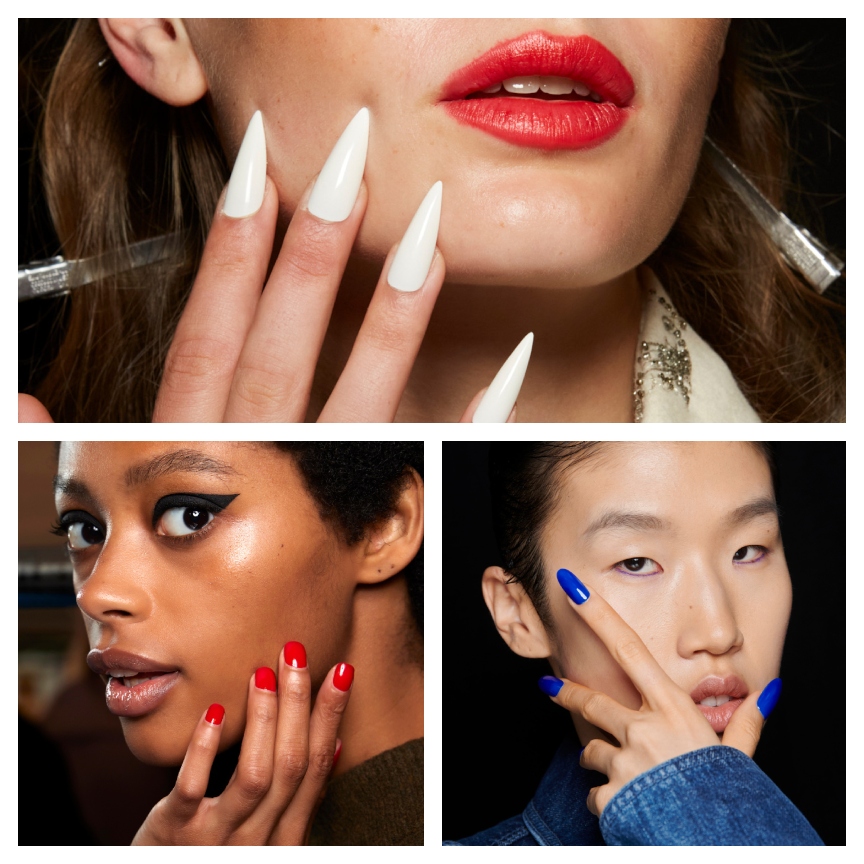 The Viral Blue Nail Theory Needs to Take a Seat
The Viral Blue Nail Theory Needs to Take a SeatLet a beauty girl live, please and thank you.
By Hannah Baxter Published
-
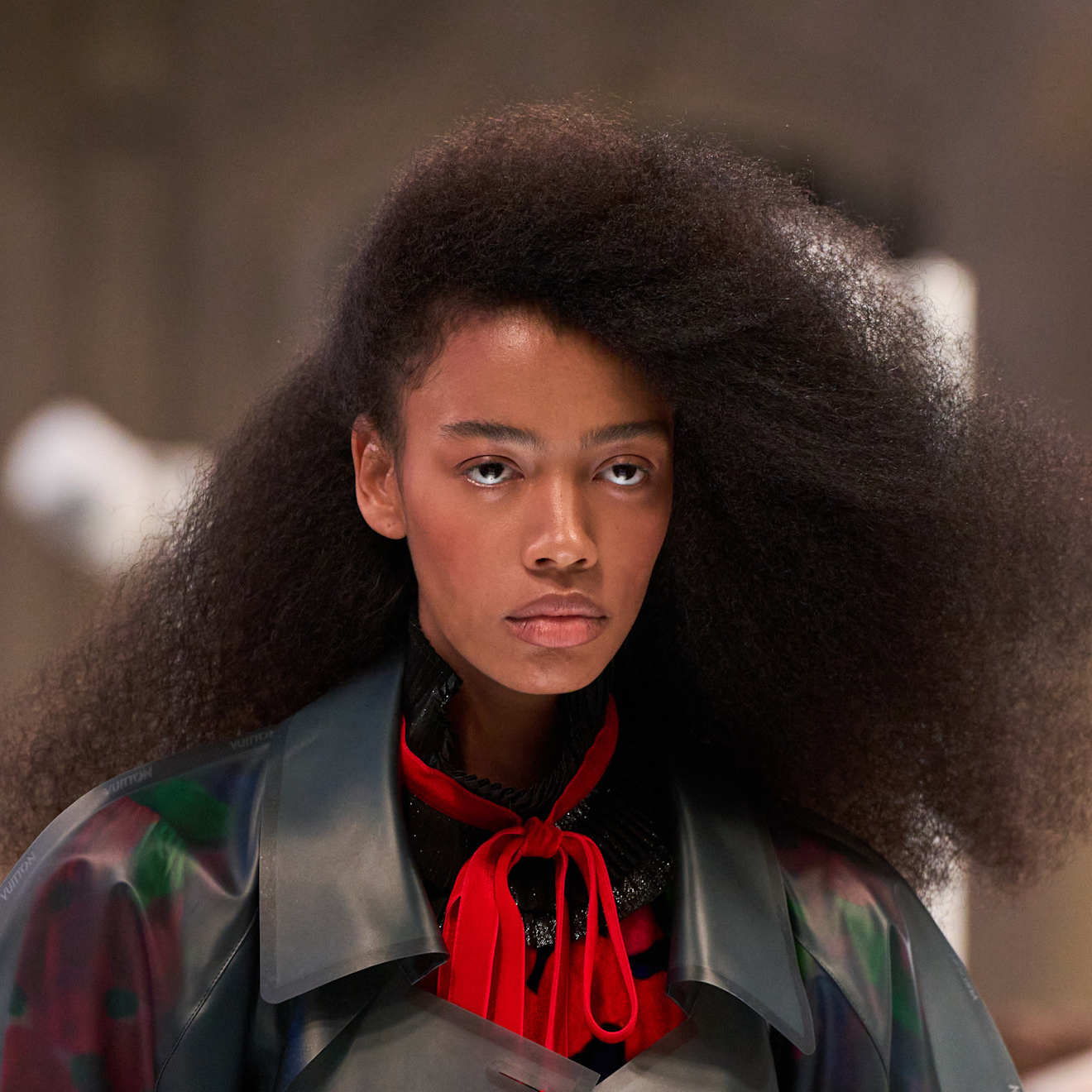 Everything You Need to Know About Marie Claire’s Skin and Hair Awards
Everything You Need to Know About Marie Claire’s Skin and Hair AwardsCould your brand survive an editor testing session?
By Ariel Baker Published
-
 Rihanna’s Jamaica Manicure Will Unite the Caribbean
Rihanna’s Jamaica Manicure Will Unite the CaribbeanThe entrepreneur has extended Fenty Beauty’s reach in the Caribbean and she got a new manicure to celebrate.
By Ariel Baker Published
-
 Eva Longoria’s Bronze French Manicure Makes Me Want Metallic Nails
Eva Longoria’s Bronze French Manicure Makes Me Want Metallic NailsBlink and you'll miss it.
By Ariel Baker Published
-
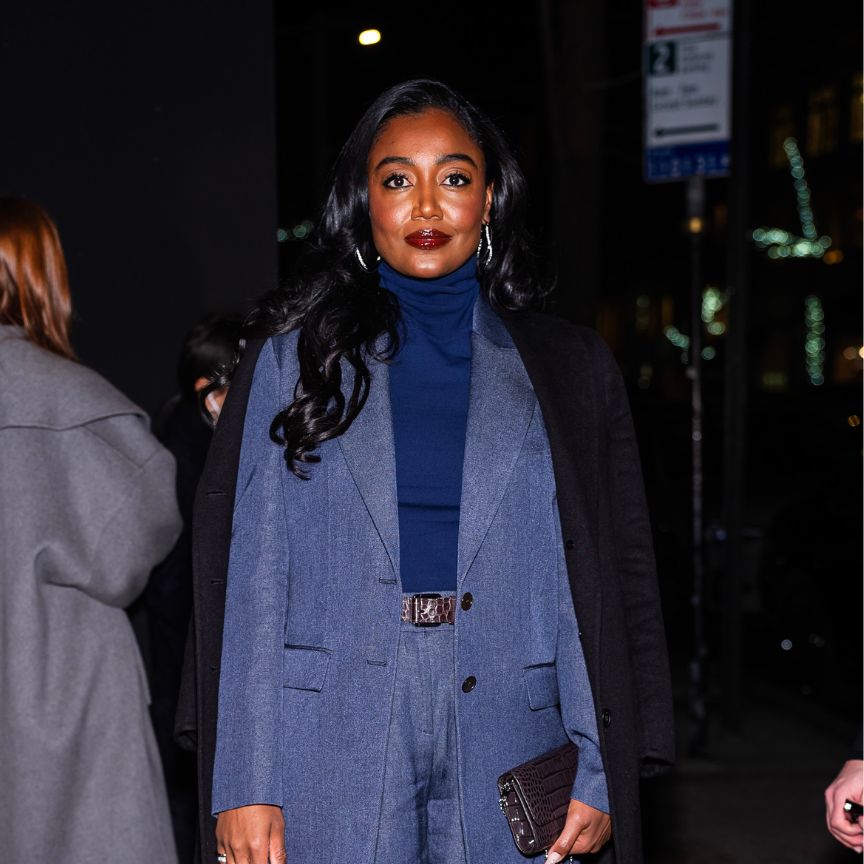 Patina Miller’s Stiletto French Manicure Needs No Introduction
Patina Miller’s Stiletto French Manicure Needs No IntroductionIt's also easier to DIY than you think.
By Ariel Baker Published
-
 Jenna Ortega’s New Burgundy Hair Has Me Ready for Season 2 of 'Wednesday'
Jenna Ortega’s New Burgundy Hair Has Me Ready for Season 2 of 'Wednesday'Wednesday Addams, is that you?
By Ariel Baker Published
